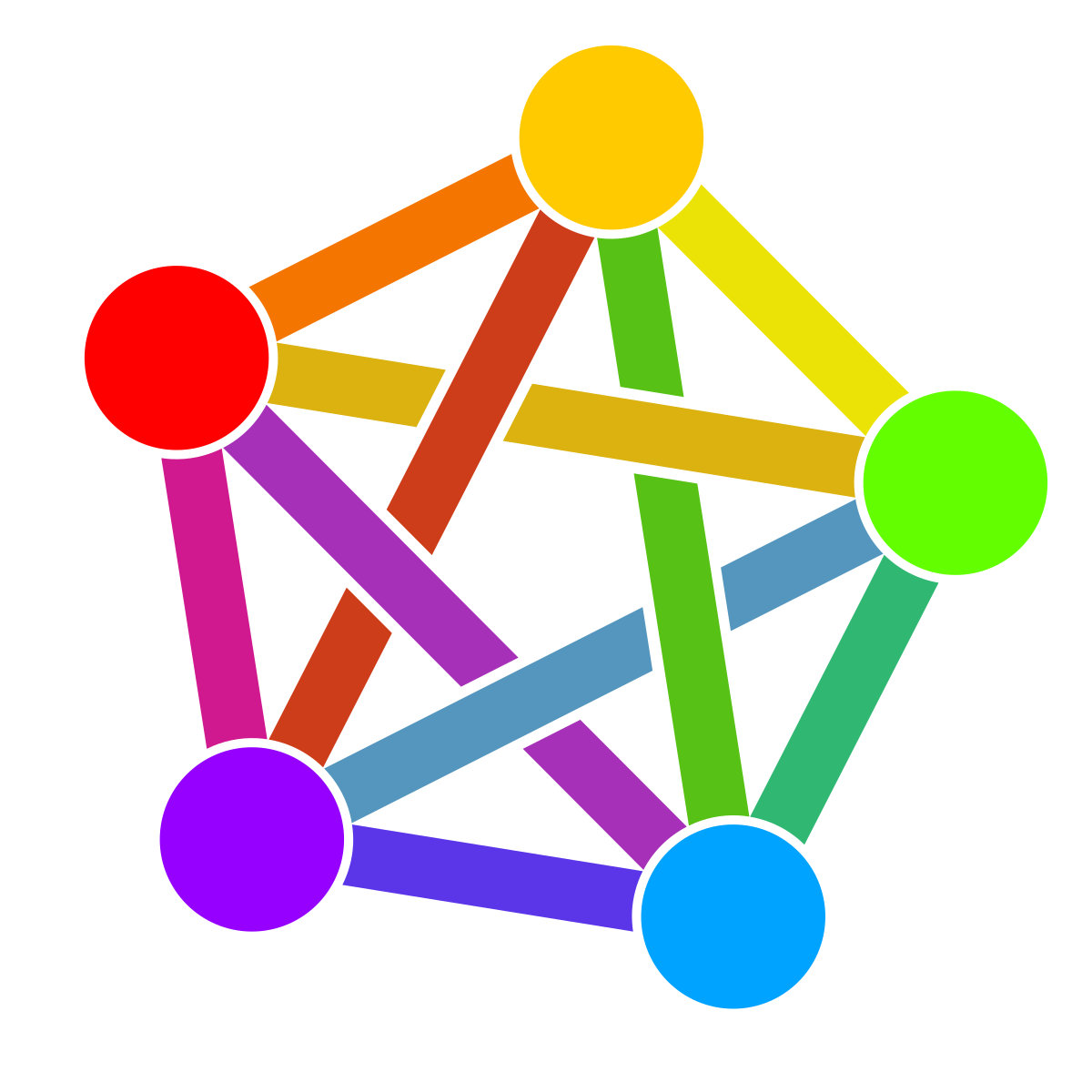

The theory that the lead maintainer had (he is an actual software developer, I just dabble), is that it might be a type of reinforcement learning:
- Get your LLM to create what it thinks are valid bug reports/issues
- Monitor the outcome of those issues (closed immediately, discussion, eventual pull request)
- Use those outcomes to assign how “good” or “bad” that generated issue was
- Use that scoring as a way to feed back into the model to influence it to create more “good” issues
If this is what’s happening, then it’s essentially offloading your LLM’s reinforcement learning scoring to open source maintainers.


I’m not a biologist, but if I understand your question correctly, you are basically looking for land-based invertebrates that also lack a hardened exoskeleton (like insects). This would basically consist of small, soft animals like snails, slugs, leeches, tardigrades, and tons of different types of worms.
The reason that you don’t see large examples of this in land-dwelling creatures is that skeletons or exoskeletons become way more necessary without a medium like the water in the ocean to help support a body. The rigid structure provides an attachment point for musculature to create the mechanical levers we use to manipulate our limbs.